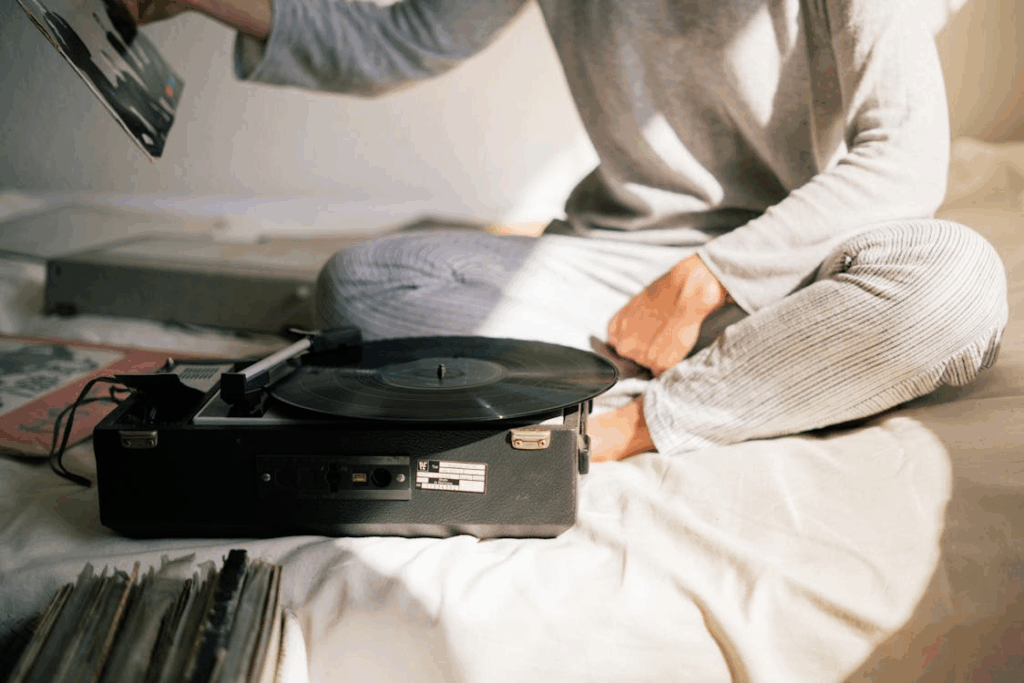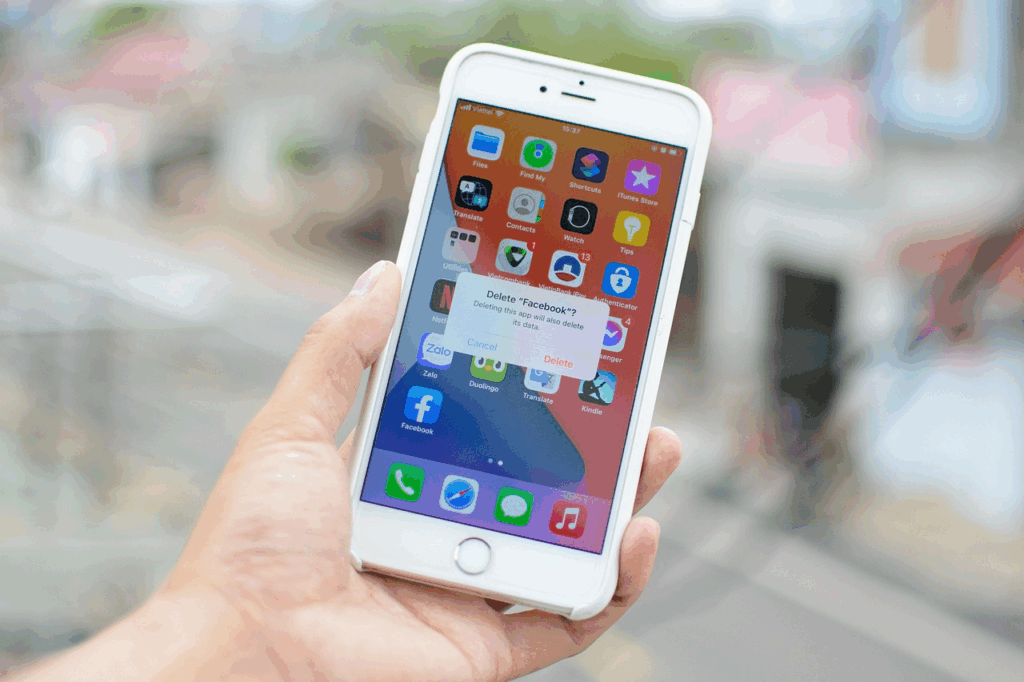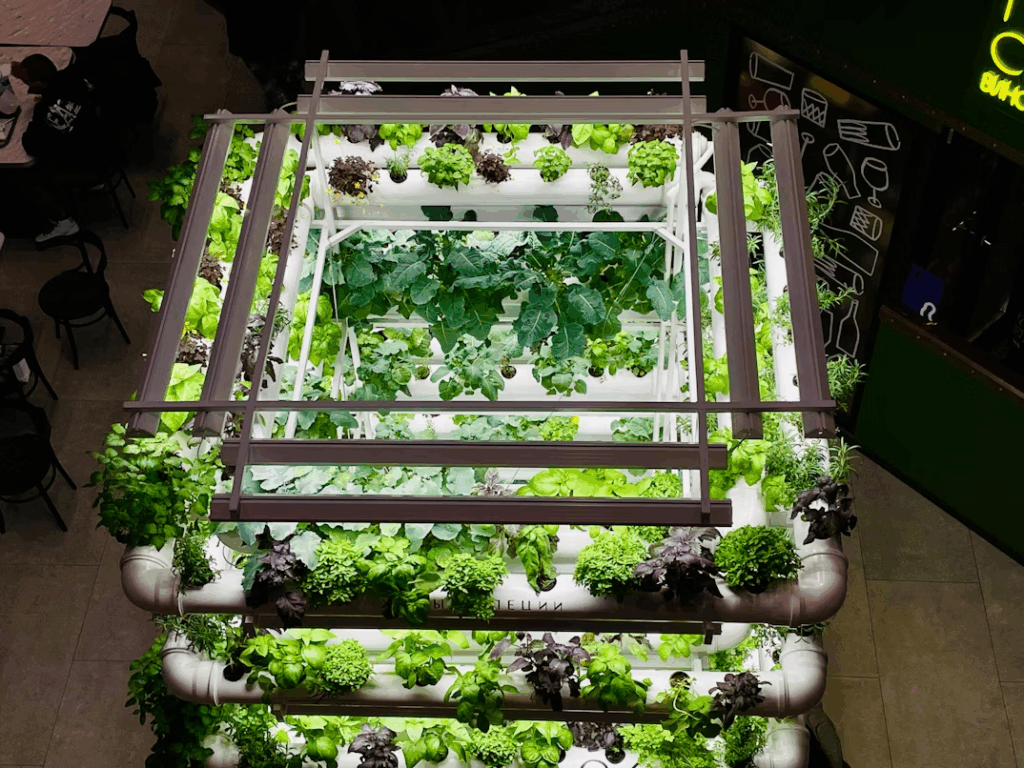Machines can now make art, compose music, and even write poetry that moves people to tears. Artificial intelligence, once confined to logic and math, has entered the realm of imagination. From visual masterpieces generated in seconds to songs written by algorithms, AI and creativity are colliding in ways that transform what it means to create.
But this new frontier raises a deeper question: if a machine can dream, what does that say about human creativity? As AI learns to imitate imagination, it forces us to redefine not just art, but authorship itself.
When Machines Started Making Art
The idea of creative machines isn’t new. In the 1970s, British artist Harold Cohen developed AARON, one of the first programs capable of producing original drawings. But it wasn’t until recent breakthroughs in machine learning that AI truly began to “create.” Systems like DALL·E, Midjourney, and ChatGPT generate art, music, and writing by learning patterns from massive datasets, and by analyzing millions of examples to predict what “creativity” looks like.
These models don’t feel or imagine in the human sense; they remix what they’ve seen, guided by probability rather than passion. Yet the results can be astonishingly original. AI can blend Monet’s color palette with cyberpunk cityscapes or write stories that sound like a seasoned novelist wrote them. Some artists now collaborate with AI the way musicians once embraced synthesizers, that is, as new instruments of expression.
The result is a hybrid art form: part human intention, part algorithmic discovery.
Check out The Strange Ways AI Is Already in Your Daily Life for more examples of everyday machine “assistants.”
The Question of Authenticity
AI art’s most considerable controversy isn’t how it looks; it’s who owns it. Can a machine-made work be copyrighted? Should the programmers, the user who prompted it, or no one at all hold authorship? Legal systems are still catching up. The U.S. Copyright Office, for instance, has ruled that works created entirely by AI are not eligible for copyright, emphasizing the need for a “human touch.”
Critics argue that AI undermines creative labor, especially when models are trained on human-made works without consent. Artists, writers, and musicians worry that their unique voices are being absorbed into systems that can reproduce them endlessly. Others see it differently: AI as a tool that amplifies creativity rather than replaces it.
Philosophers point out that human creativity has always been collaborative and derivative. From cave paintings inspired by nature to digital sampling in music, art has long evolved by remixing. AI accelerates that process to superhuman speed.
See How Algorithms Decide What You’ll See Next to understand how they shape what art we even notice.
When Machines “Imagine”
What makes AI rise so fascinating is how it mimics—not replaces—the human imagination. Neuroscientists note that human creativity also relies on pattern recognition: our brains recombine past experiences into new ideas. In that sense, AI’s “dreaming” isn’t so different—it’s statistical inspiration, not emotional intuition.
But something crucial separates us: meaning. Humans create to express emotion, memory, or truth. AI creates because we told it to. Its beauty is mathematical, not existential. That’s why, even when AI generates stunning images or songs, we still call them “machine-made.” They lack the spark of lived experience.
Yet, paradoxically, that difference is what makes AI art so compelling. When we see creativity emerge from code, it reflects our own curiosity at us—the same drive that built both art and algorithms.
Explore The Ancient Art of Doing Nothing for a counterbalance to always-on, algorithmic creation.
The Future of Human + Machine Creativity
Rather than ending creativity, AI may expand it. Artists are already using AI as a collaborator, as a means to break through creative blocks, generate new ideas, and explore styles beyond human limits. Writers use AI to brainstorm plots, designers to visualize concepts, and musicians to compose experimental sounds. The most exciting works of the future may come not from humans or machines, but from their fusion.
AI doesn’t replace the artist. It challenges us to define what makes art human. Maybe creativity has never been about who makes the brushstroke, but why it’s made at all.




